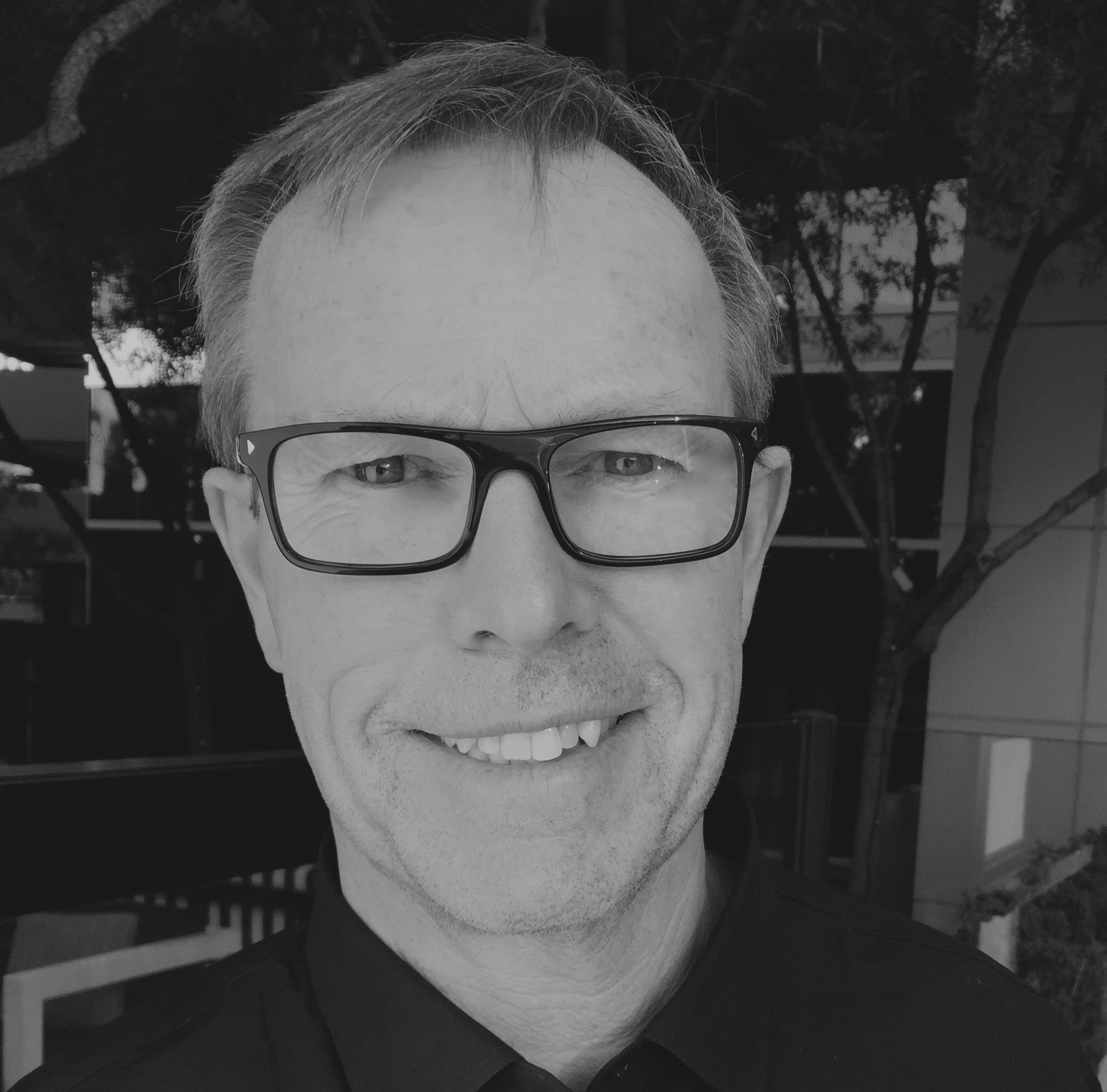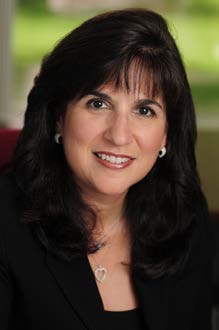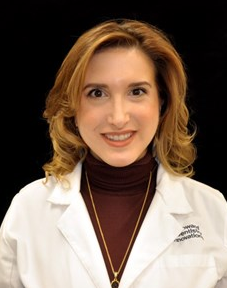Las Vegas, NV – Mark Maier, President of Core3dcentres NA, announced that Gregory B Harris will be joining the firm as General Manager, North America.
"Greg Harris has a proven track record in working on both the product manufacturing and the laboratory management sides of the business, with a wide scope of experience and responsibilities," Maier said. “His industry expertise will be invaluable in all areas of our business moving forward: production, marketing, product development, and education.”
Harris began his business career with Nabisco Foods in the consumer package goods marketing. He then moved into the dental industry, joining the Nobel Biocare Branemark® team in the late 1980s, working with both laboratories and dentists. In 1997, Harris started Procera® in Canada and shortly thereafter joined the U.S. Procera® team, developing and lecturing to both laboratories and dentists.
Harris then joined Dental Services Group (DSG) as the Director of Sales and Marketing. During his time with DSG, Greg had the opportunity to learn what it takes to get a product out of the laboratory on time. Being responsible for the implementation and marketing of new products for 30 locations also taught him the challenges of local marketing in a crowded competitive market.
Most recently, as Founder and Principal of The Harris Group (a dental consulting firm working with manufacturers and laboratories focusing on CAD/CAM workflow for dental labs and digital dentistry), Harris has had extensive experience in dealing with many aspects of the key issues facing dental laboratory owners of all sizes and types today. He has been heavily involved in the newest developments in CAD/CAM dentistry and how they impact workflows and communications between the dental office and the laboratory.













